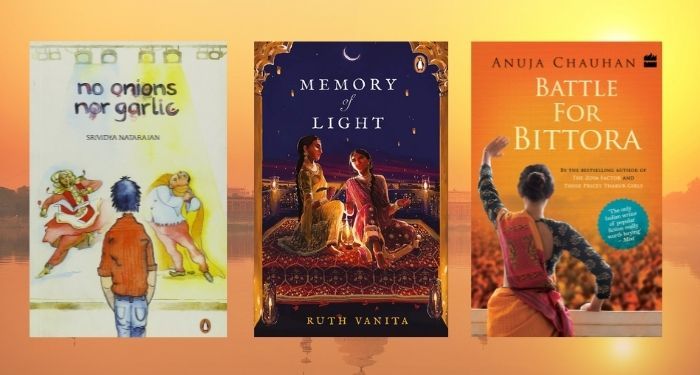Products You May Like
Representation of Indian romantic relationships in books and movies rarely escape the haunting shadow of the grand Indian arranged marriage. The arranged marriage trope exoticizes a culture that has a lot else to offer, and it glorifies the classism, sexism, and colorism inherent in that institution. While an arranged marriage might be a few diasporic Indians’ way to reconnect with their culture, and some families and individuals might have made the process a little more woke by excluding “fair” from the list of desired attributes for a bride or adding a note that says “caste no bar” at the end of a classifieds ad, the institution is still deeply problematic. It is the major force responsible for making sure people marry within their castes, ultimately perpetuating the exploitative caste system.
It is astounding that in today’s day and age, when social justice movements all over the world are speaking up against systemic injustice, a show like Netflix’s Indian Matchmaking gets made. For those who are outsiders to the arranged marriage system, and to those who are privileged enough to not be affected by its draconian dictums, it might seem ridiculous enough to be a guilty pleasure. But it is difficult to enjoy it when one realizes that the same bigoted nonsense that Seema aunty spews on the show still robs many real people of their dignity and their constitutionally guaranteed freedom to love. Though I have not read a lot of Indian romance novels, I cannot help but notice that a lot of them deploy the arranged marriage as a cutesy trope.
We Indians who live in India have a lot else going on. The marriage market is not where all of the considerable population of young Indians find their mates. We fall in love outside our caste and class and religion. As did our parents. As did some of our grandparents. And we are demanding stories that represent us. Even Bollywood is taking note, and recently there have been quite a few movies that stray from the heteronormative, casteiest, classist, and sexist norms, though there is still a long way to go in terms of representation. Here is a scene from one of my recent favorites, Shubh Mangal Zyada Savdhan, which reimagines the iconic scene from Bollywood classic Dilwale Dulhania Le Jayenge with a gay couple:
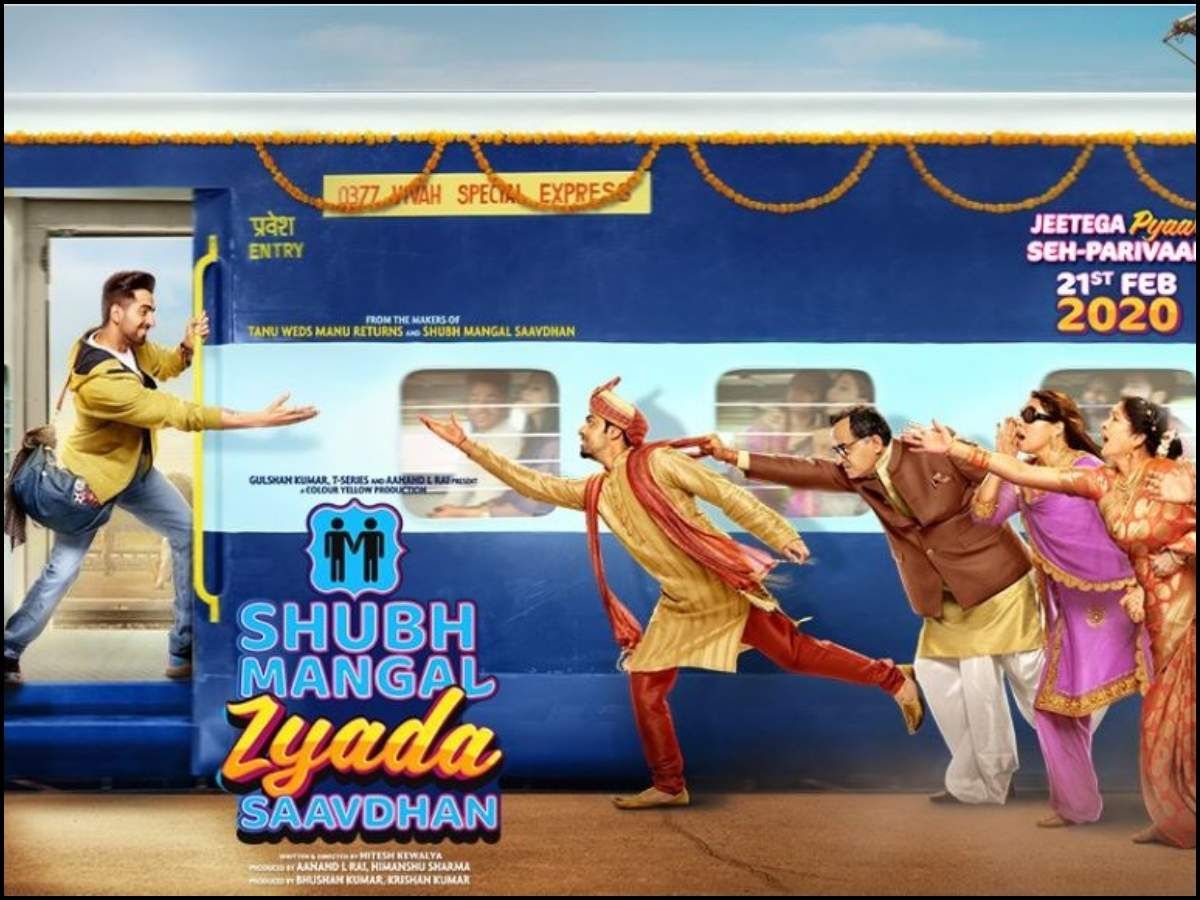
While we definitely need more multi-dimensional treatment of Indian characters, here are a few books by Indian authors that offer nuanced and unique explorations of romantic relationships. Not all of these are Romance, so HEAs aren’t guaranteed.

No Onions Nor Garlic By Srividya Natarajan
This one is a romantic comedy and one of my favorite books of all time. The story is set around a university campus in Chennai, and it is a viciously funny take down of the casteism and sexism in daily life in academia, as well as in the arranged marriage market, while featuring a very sweet inter-caste romance.
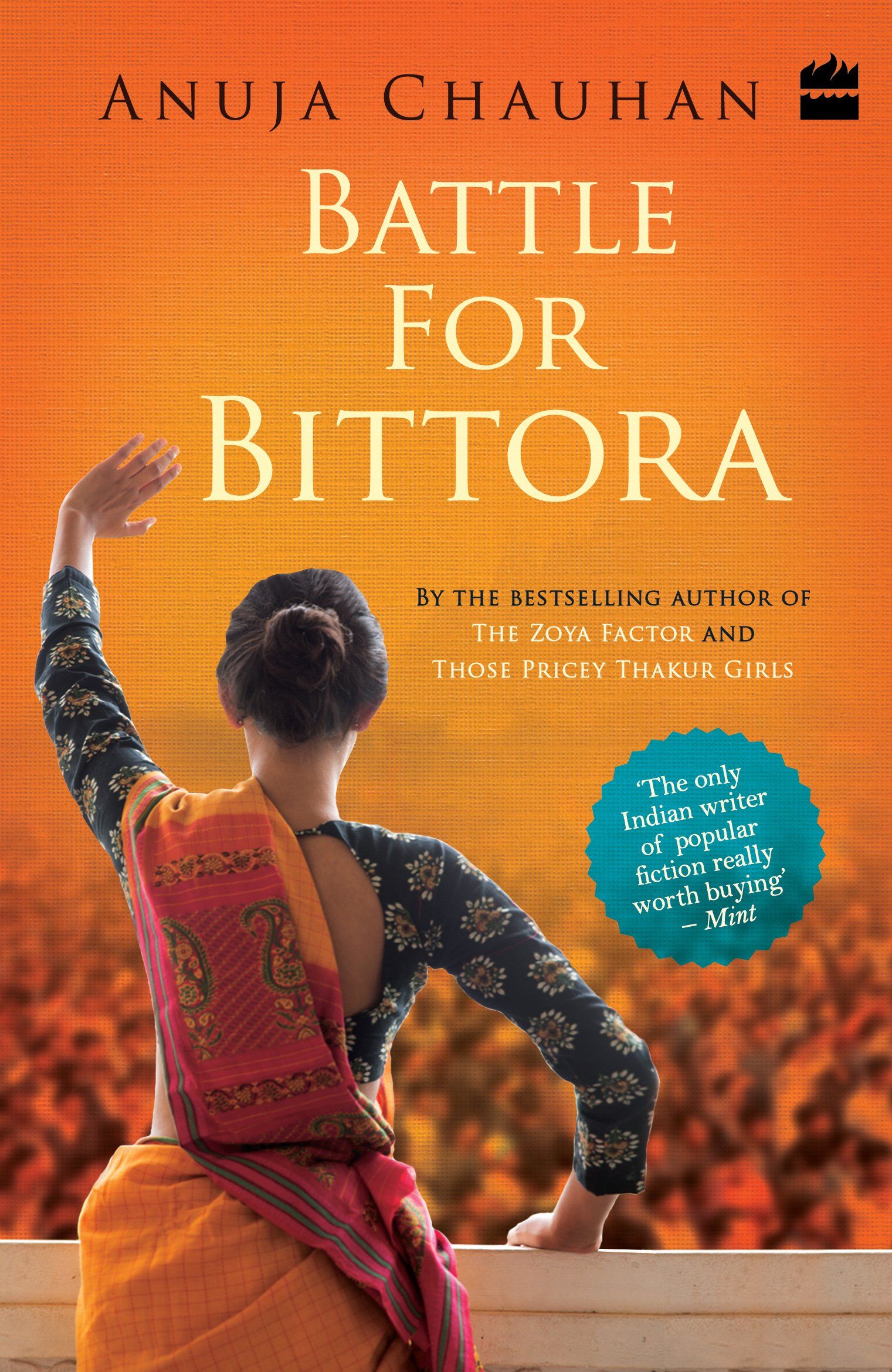
Battle for Bittora by Anuja Chauhan
This romp of a book combines an interfaith romance with a heady electoral contest in the small town of Bittora. Estranged childhood friends Sarojini and Zain are candidates from two rival political parties. Hilarity ensues and sparks fly as all is fair in this heated electoral battle, and Sarojini and Zain rediscover their feelings for each other.
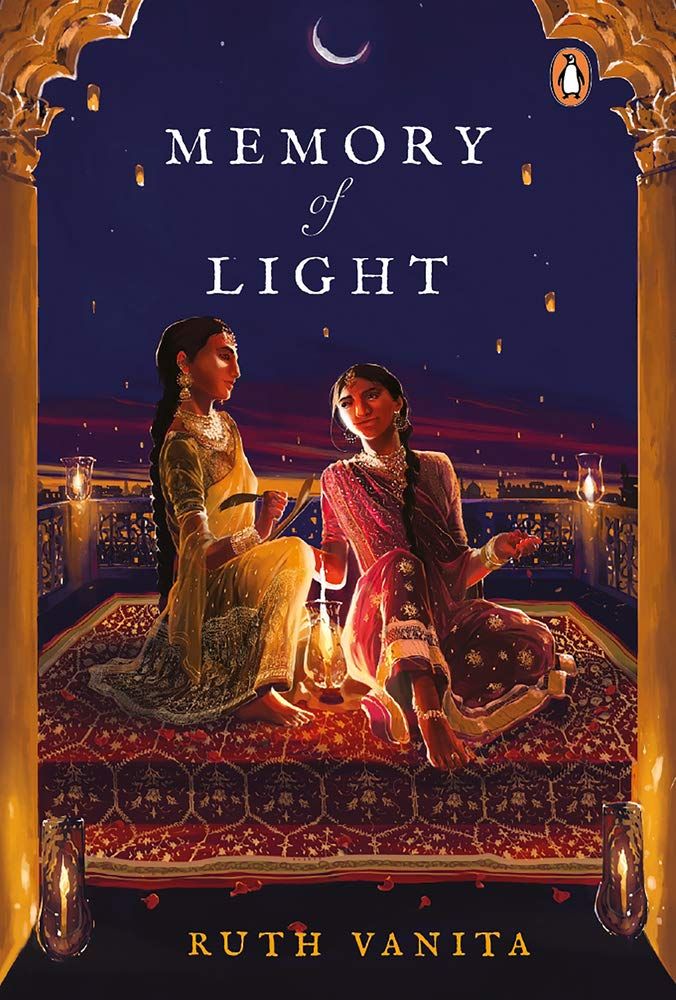
Memory of Light by Ruth Vanita
Set in 18th century Lucknow, Memory of Light is the story of a whirlwind romance between two courtesans, Nafis Bai and Chapla Bai. Atmospheric and rich in historical details, this book lets the central queer relationship breathe in an India that was far more open to same-sex relationships.

A Window Lived in the Wall by Vinod Kumar Shukla, Translated from Hindi by Satti Khanna
Nothing really happens in this lyrical, strange, magical little book. Raghuvar Prasad is a teacher at a college in a very small town and sometimes he travels to work by elephant. He lives in a tiny house with his wife, but a window in their house is the doorway to a beautiful, magical place where the young couple disappears to every now and then. With whimsical details this book tells the tale of how two people make space for themselves in each other’s lives, with love and a mutual wonder for life.
The Dead Camel and Other Stories of Love by Parvati Sharma
This is a collection of stories about love in all shapes in contemporary urban India. The stories are observant, witty, sharp, and yet surprisingly tender.
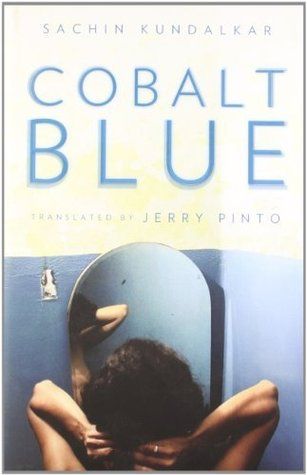
Cobalt Blue by Sachin Kundalkar, Translated from Marathi by Jerry Pinto
Siblings Tanay and Anuja fall in love with the same man, who is a paying guest at their home. When he leaves both their lives, they have to deal with heartache, and rediscover themselves through their failed love affairs.
A Married Woman by Manju Kapur
This book is set against the backdrop of rising religious tensions in 1980s and ’90s. Appalled at the happenings around her, protagonist Astha, the titular married woman, steps out of the boundaries set for her by her family and delves into art and activism. She meets Pip, who works at an NGO, and the two women develop a connection. The book is a thoughtful portrayal of the relationship between two bisexual women, as well as of a society on the brink of tumultuous change.
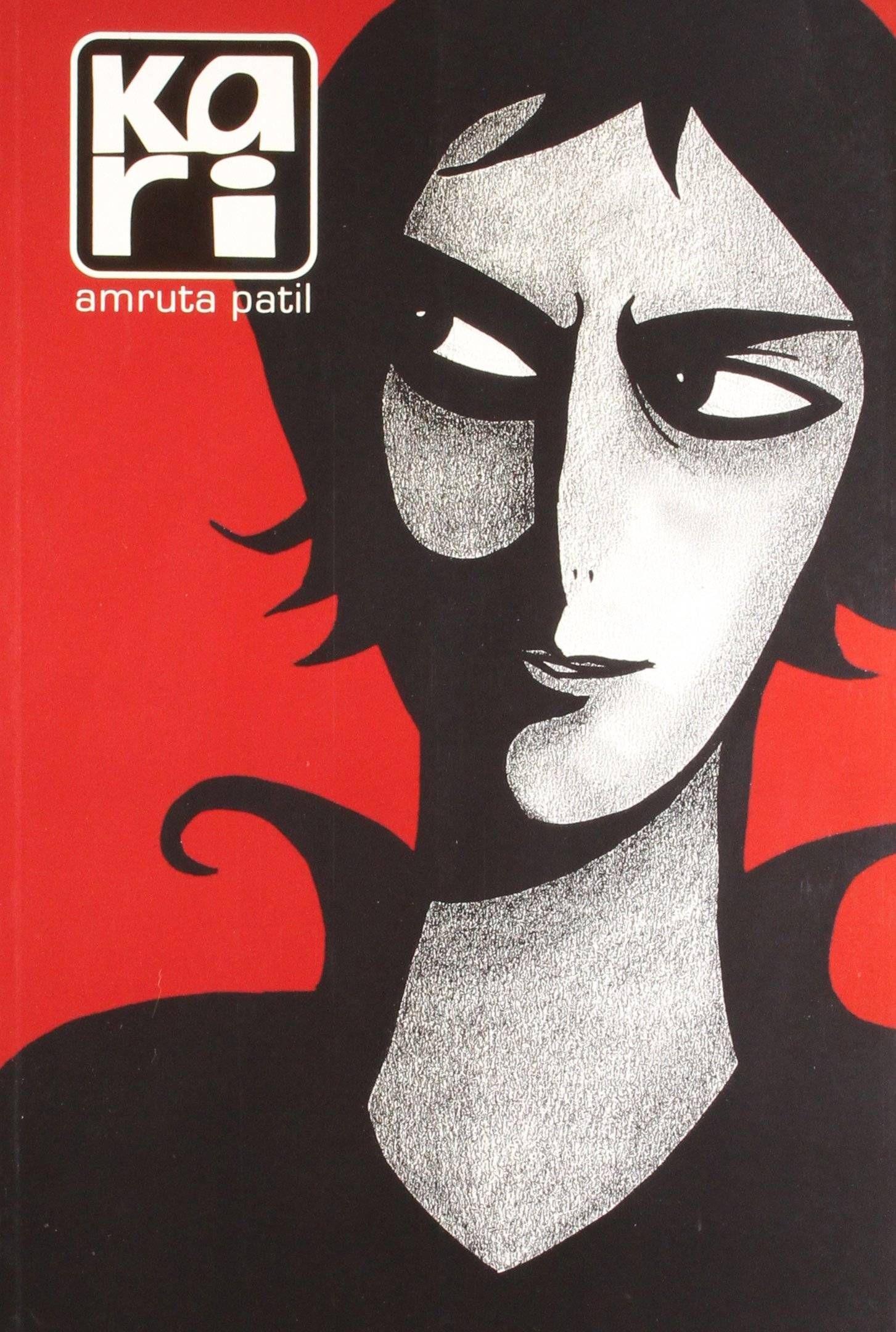
Kari by Amruta Patil
This lushly illustrated graphic novel follows Kari as she goes about her life in a crowded city after the departure of her “Other” Ruth. It is a poignant exploration of loneliness, kindness, companionship, and death, in modern urban life against Kari’s love and longing for Ruth.
For more on Indian literature check out this list of Indian novels written in English or this list of Indian mythology books for kids.
